
We had confirmed the location of the car rental company in advance last night, but they didn't open until eight o'clock. It was useless for us to go there early, and there was no need to get up early. Arrive at eight o'clock, pick up the car and leave Guiyang to officially start this self-driving trip. The car we chose this time was Lavida, which seems to be the brand with the largest number of car rental companies. We also rented a new car and only drove it a few hundred kilometers.
Generally speaking, there are several fixed places for tourism in Guizhou. We also made a careful guide before departure. The route we took was generally to the southeast first, then north, and then to the north of Guiyang and then southwest. Basically, we went around Take a circular route to Guiyang.
The first scenic spot in the southeast should have been the Big and Small Seven Holes, which is a must-see when traveling in Guiyang, but we didn’t have enough time, so the benefits of self-driving were once again reflected, so we gave up this scenic spot!
So our first target was Zhaoxing Dong Village, which was chosen by my wife. I later learned that the reason why this place was an attraction was because the Spring Festival Gala that just passed had set it up as a branch venue.
Zhaoxing Dong Village is located in Liping County, Qiandongnan Prefecture. The place name of Guizhou is easy to remember. With Guiyang as the center, drive east and south, first passing through the boundary of Qiannan Prefecture (Big and Small Seven Holes are in Libo County and belong to this state). Then we entered Qiandongnan Prefecture, Zhaoxing is a town, and Dong Village is a scenic spot, just east of the town. After our car arrived in the town after about four hours, it was arranged in the parking lot. The parking fee is 30 yuan per day, and you have to enter the village. Sorry, you can only take the sightseeing car in the scenic spot, which of course will not be free!
We took our luggage with us after about a 20-minute sightseeing bus journey and arrived at the gate of the Dong Village. Then we took our luggage to the village to find the hotel we had written in advance. We walked for a long time and made several phone calls to the hotel owner. Just found it.
After checking in, I immediately asked what I wanted to see here. The answer was to go to the east side of the village (we walked in from the west) to see the terraced fields. There is a sightseeing station in the village. We put down our luggage and looked for this place first. Of course, the village is not big and there is only one main street, so it is easy to find. The sightseeing bus is owned by a local private company. It costs ten yuan per person. After walking on a dangerous winding mountain road, it drove directly to the terraced fields.
This terrace is really out of my plan, but it is indeed worth the trip. Here are a few photos.

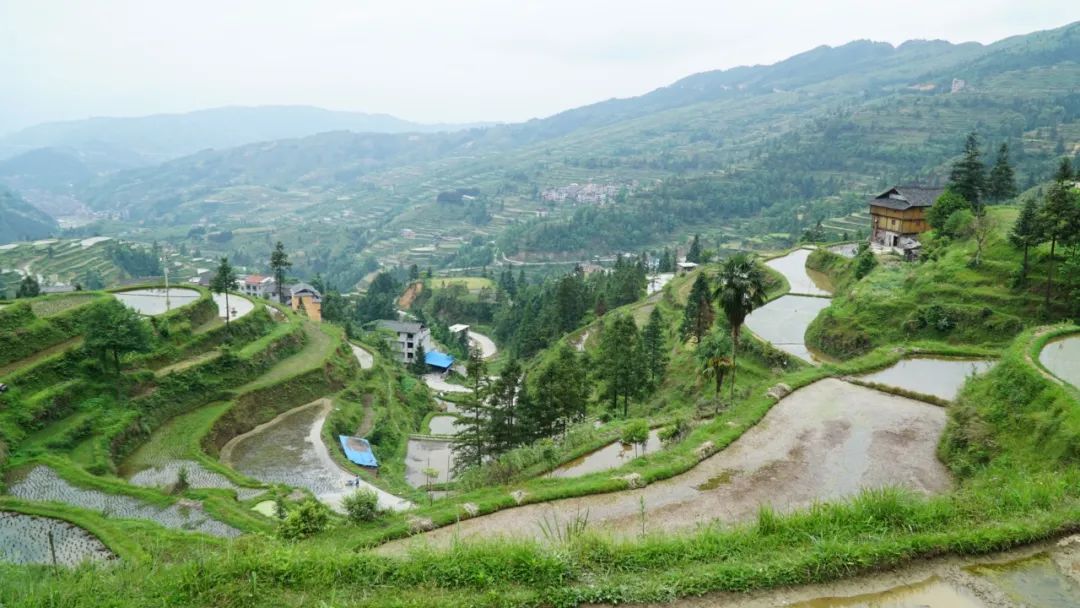
The house in the distance is Dong Village



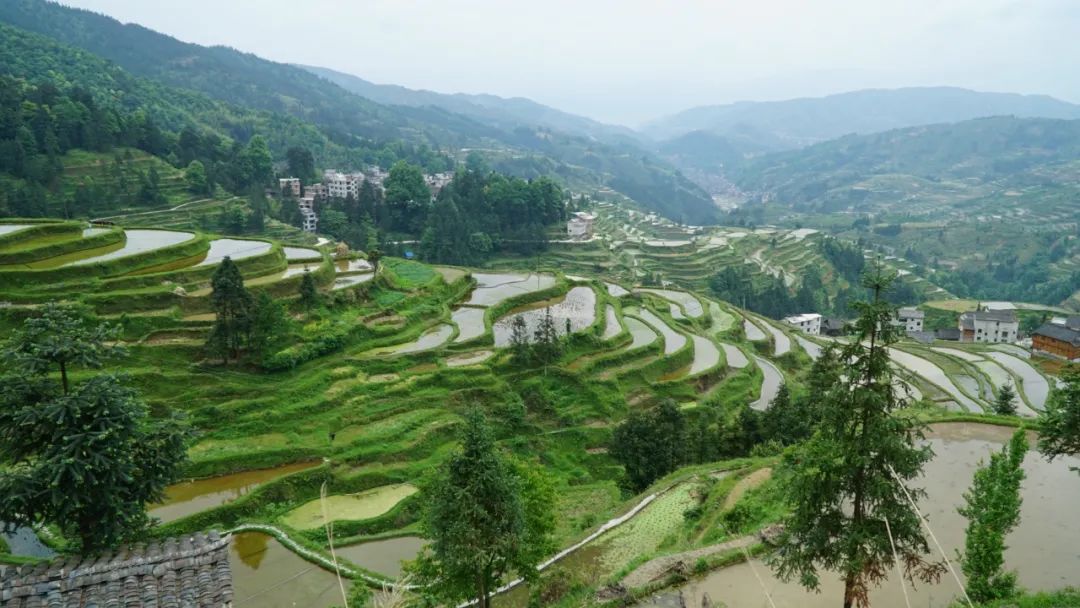

This has always been what I thought the terraced fields looked like, and this time I actually saw it. The last time I saw the rice terraces was the Longji Rice Terraces in the direction of Guilin a few years ago, but unfortunately the rice terraces at that time had not yet been drained of water and were far from what they are today. Last time was also May Day, maybe just a few days away!
I checked on the map and found that the place I was looking at this time is called Tang'an Rice Terraces. Continue eastward in this direction and enter Guangxi after leaving Guizhou Province. About 120 kilometers away is the Longji Taiwan Rice Terraces. I said, why do these two places feel so similar?
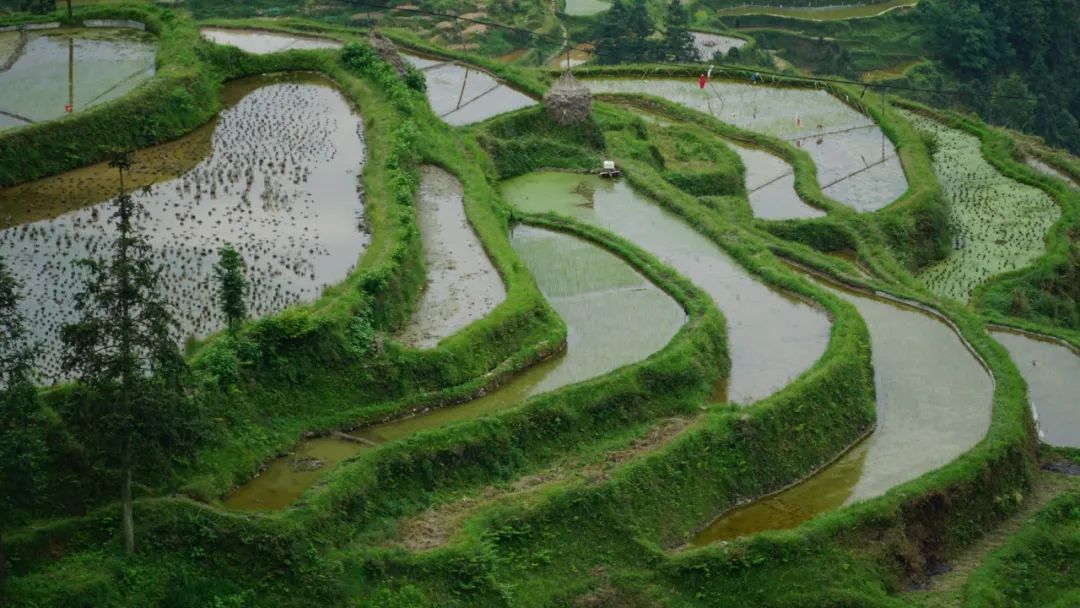
The terraced fields that have just been drained of water are sparkling and graceful. In the eyes of tourists, they look like an idyllic scenery. In fact, terraced fields are a pioneering work of mankind that challenges nature when there is no plain land. The construction and cultivation of terraced fields are much more difficult than that of flat land. I also saw two people working with a very small seeder on their shoulders. If you have to carry one ridge to the next, the tractor will definitely not be able to get up, so it must be very difficult to mechanize it, and building terraces is a helpless move. The curve is built along the mountain and its shape, so it is similar to the contour lines on the map.




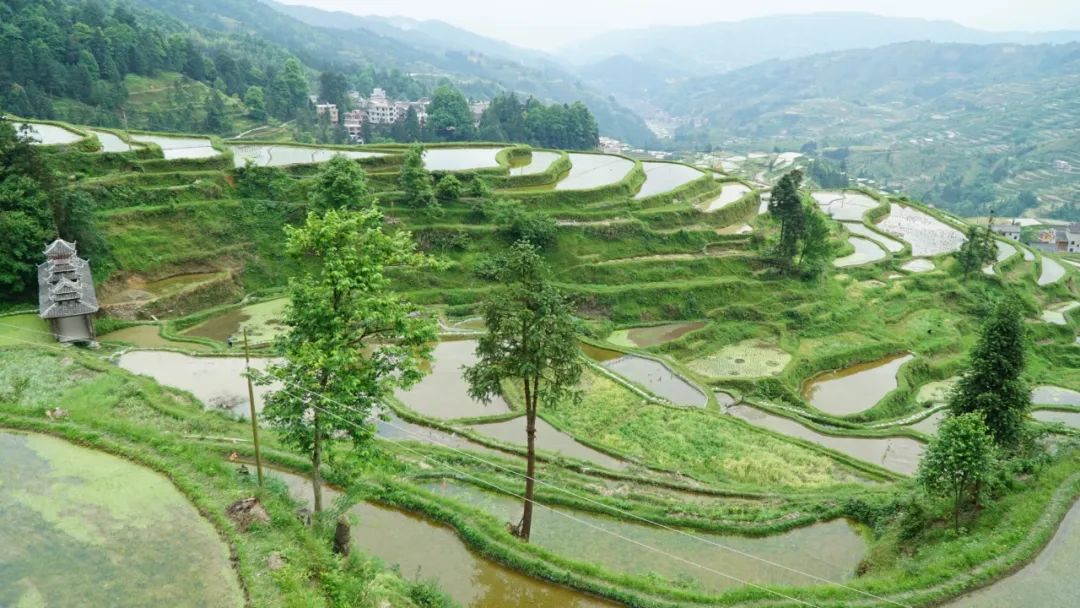
Because the water had already been released, we asked the tour guide where the water came from, whether it was put down from above or pumped up from underwater. Unfortunately, the tour guide did not answer. To this day, I still don’t have an accurate answer to this question.
After seeing the rice terraces, go back to the Dong Village and see what the village has to offer!
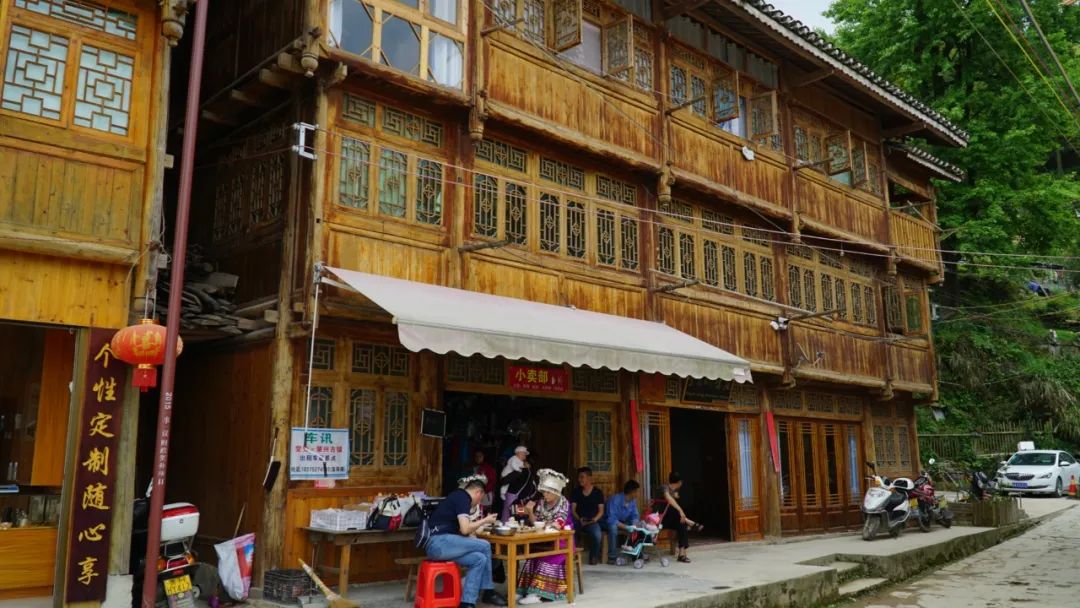

The building mainly looks like this, so it should also be called a stilted building! This is the Dong ethnic group, I don’t know if it’s called this, but the style should be the same.
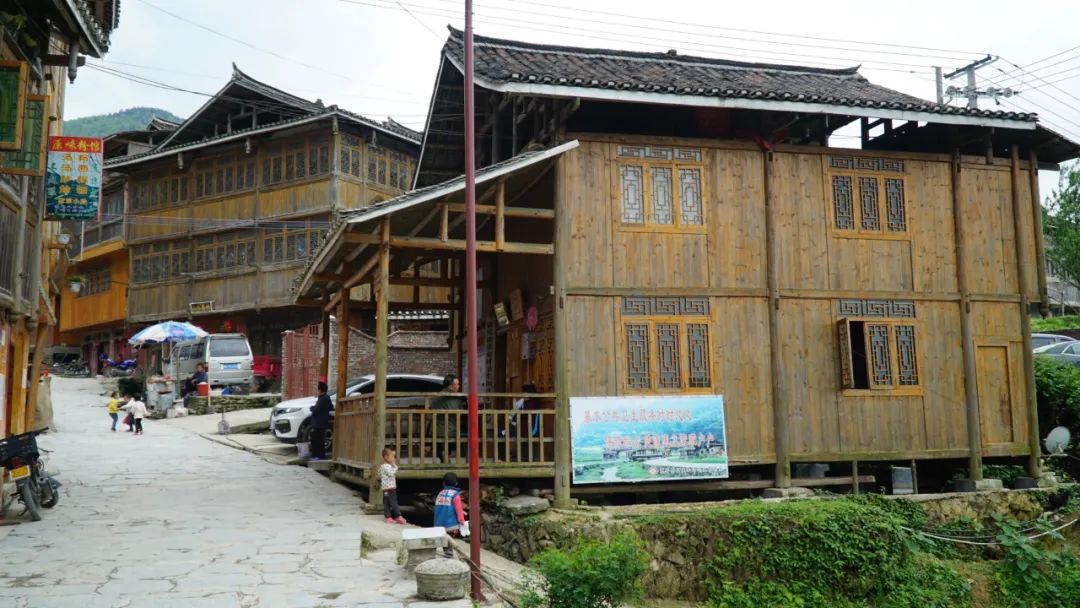
The presence of terraced fields means that it is all mountainous, and houses must be built on hillside. Therefore, piles are driven into the ground at the bottom to support a flat surface, and houses are built on top.
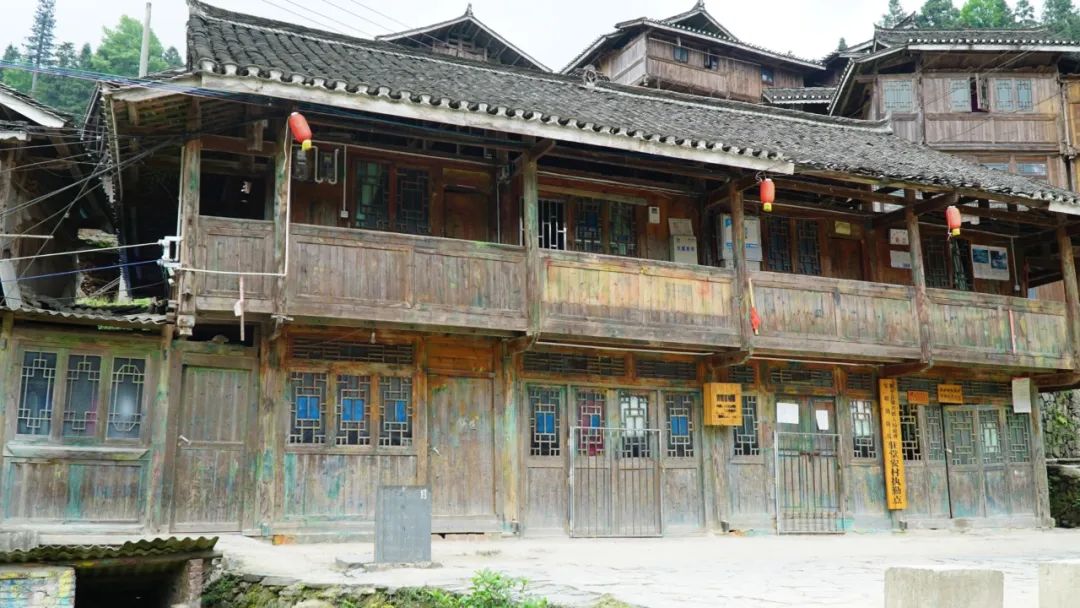
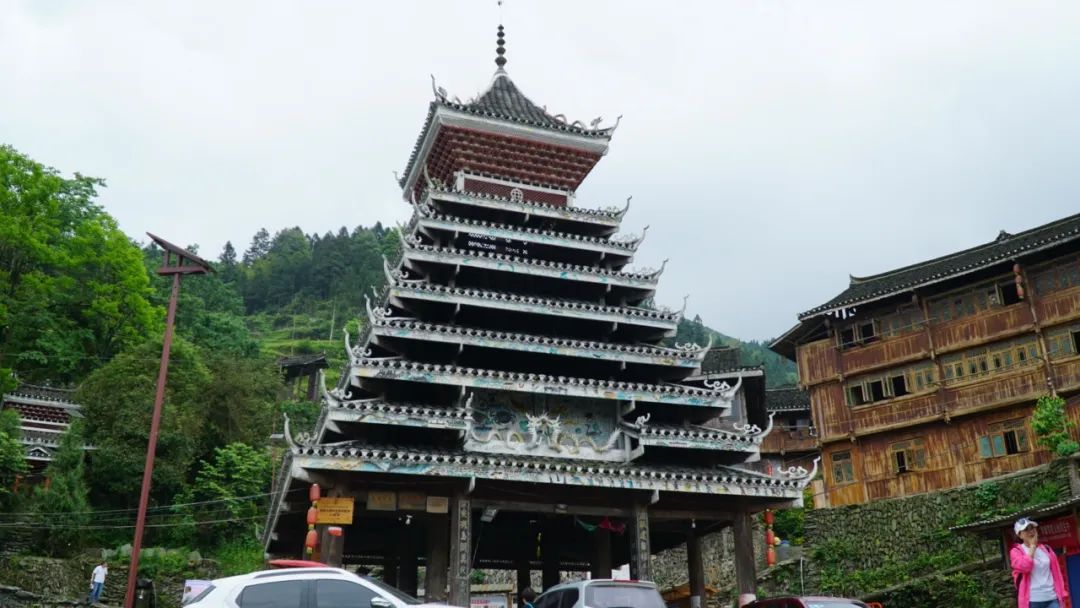
This tower is the symbol of the Dong people, and there are several of them in the village.
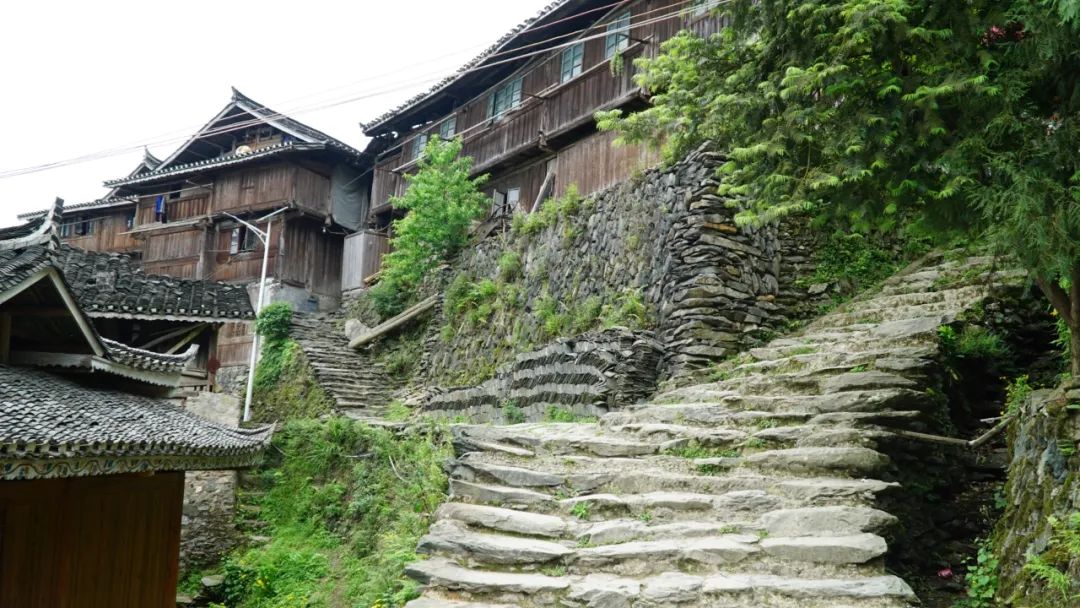
The road is a bit steep!
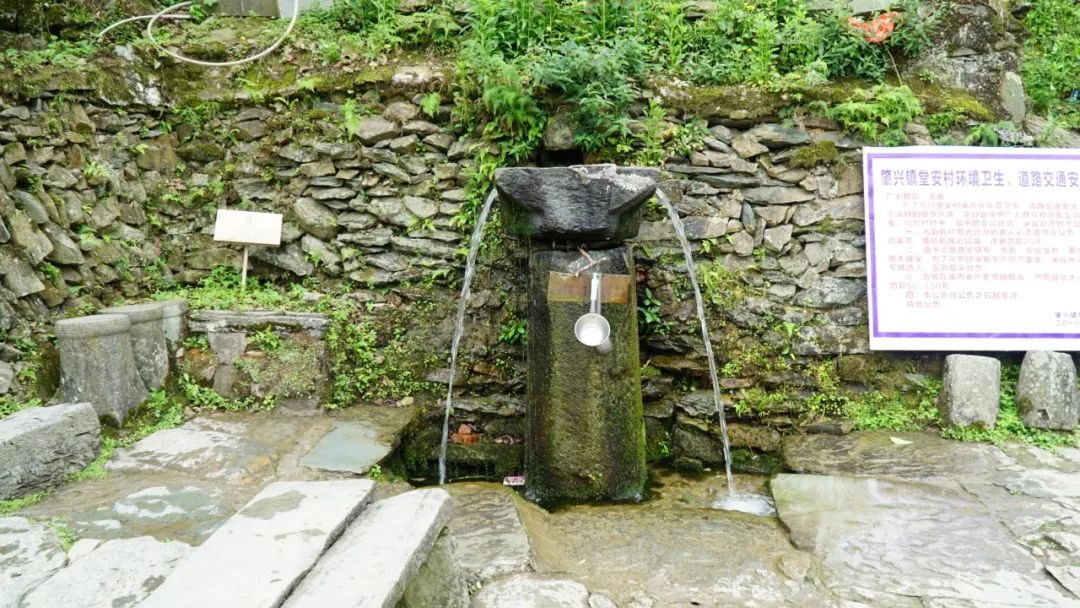
Don't know what this is used for.

Add a portrait to add some fireworks

Go around the tower and take another photo! Go to the edge of the village and have a look

In fact, there were houses on the hillside first, and after leaving the house area, there were still terraces. However, the terraces next to the village were not as beautiful as the ones just now, and there were not so many levels!
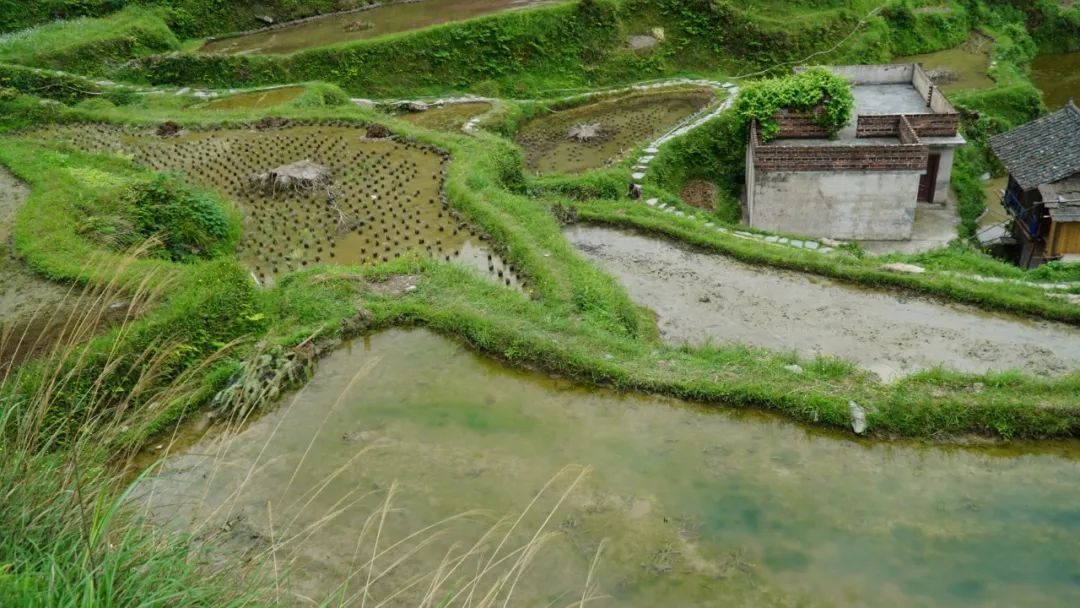
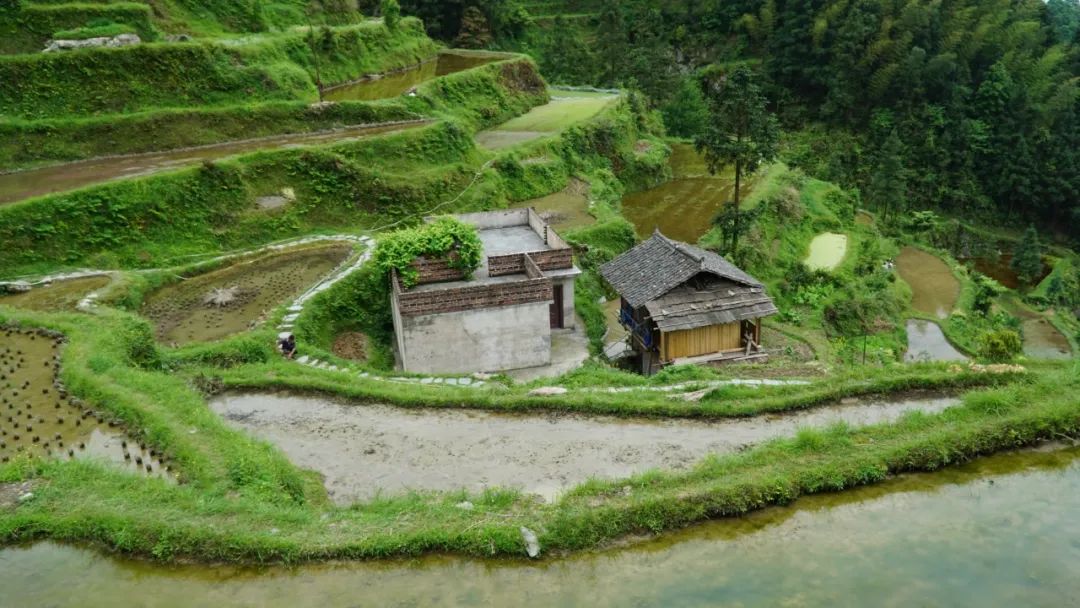
There are also terraced fields that are not drained of water.

Seeing people working, tourists came over to take photos
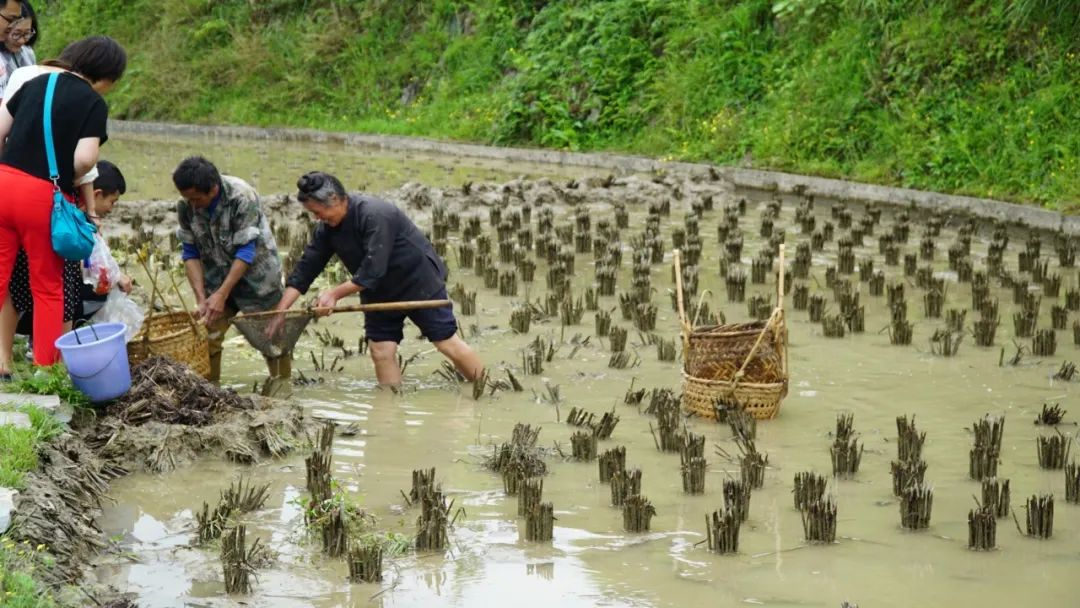
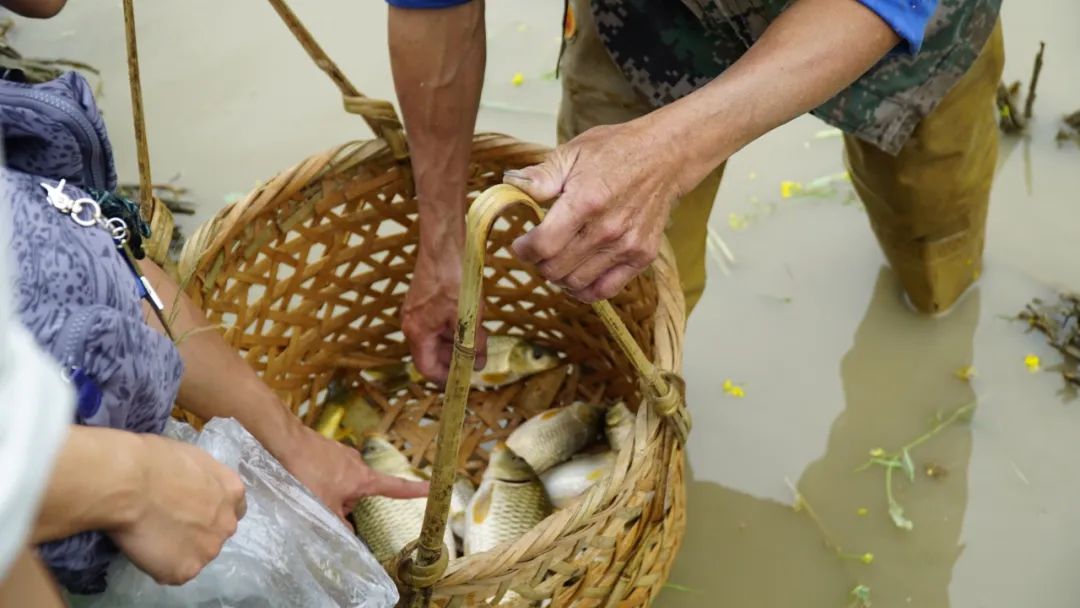
It turned out that they were catching fish in the rice fields.
Here I also saw them using a primitive artificial water pump, which is a tool made of bamboo tube with a piston inside, similar to a pump, to pump water from a low place to a high ground, at least from From this experience, I also saw that the water in the terraces is manually pumped up bit by bit from low to high. I don’t know if this is the case elsewhere.
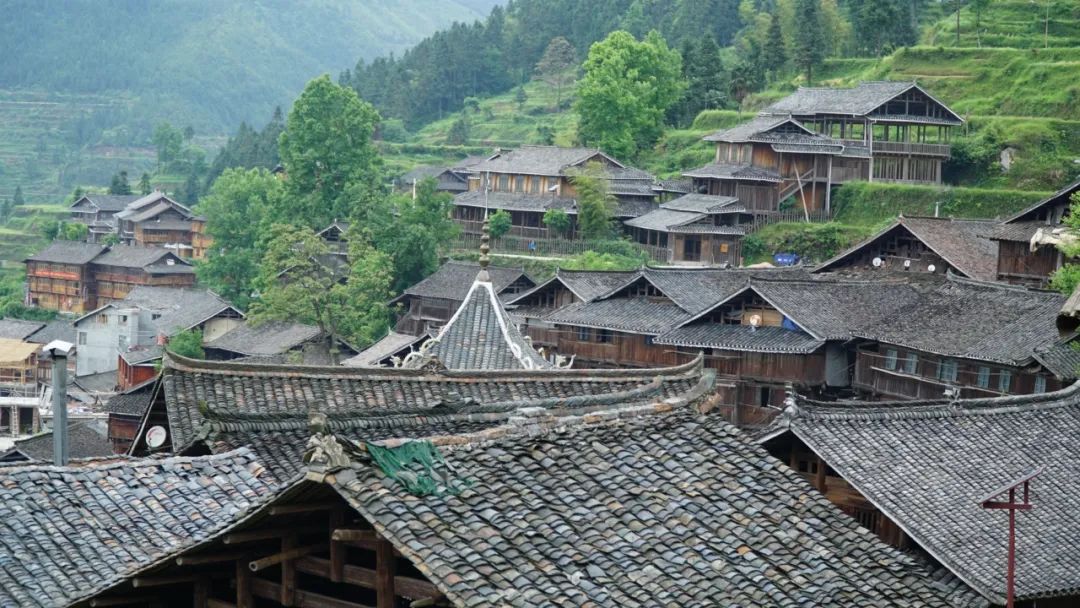

Looking at the village from the edge of the village, because it is on a hillside, all you can see are the roofs.

Walk back along the hillside road to see the village.
Here are a few more photos of the terraces taken with my mobile phone.



Panoramic photos show the effect better.
Go back to the village and go shopping, which is also the main part of visiting Dong Village.
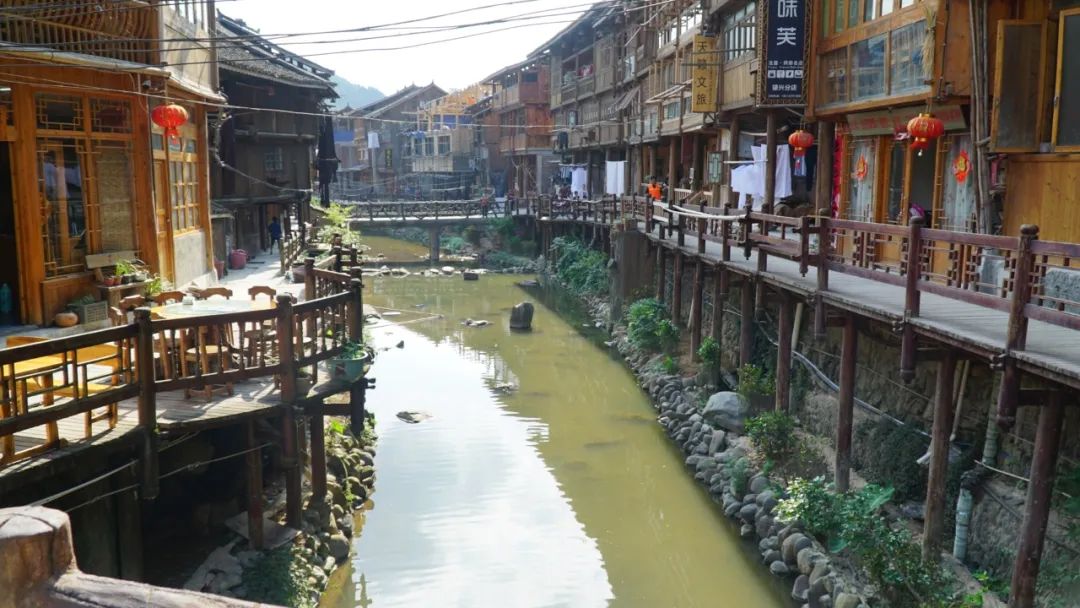
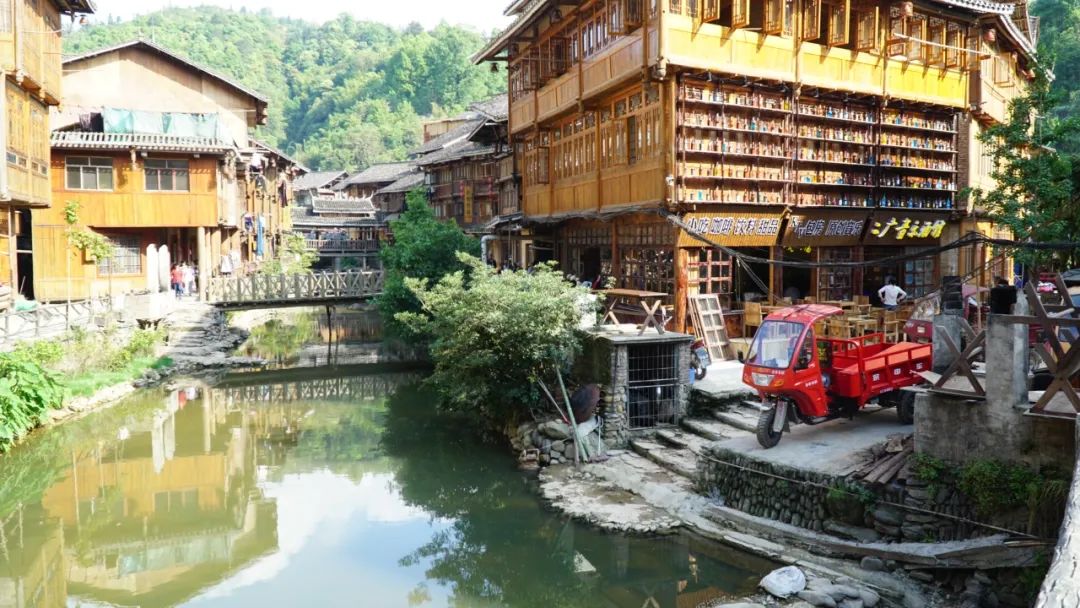
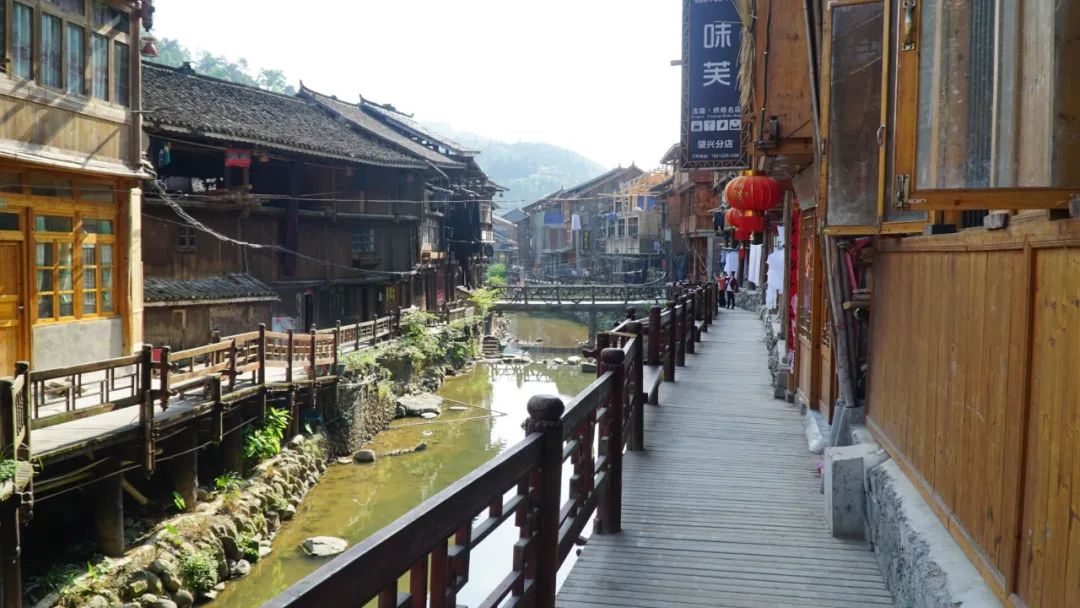
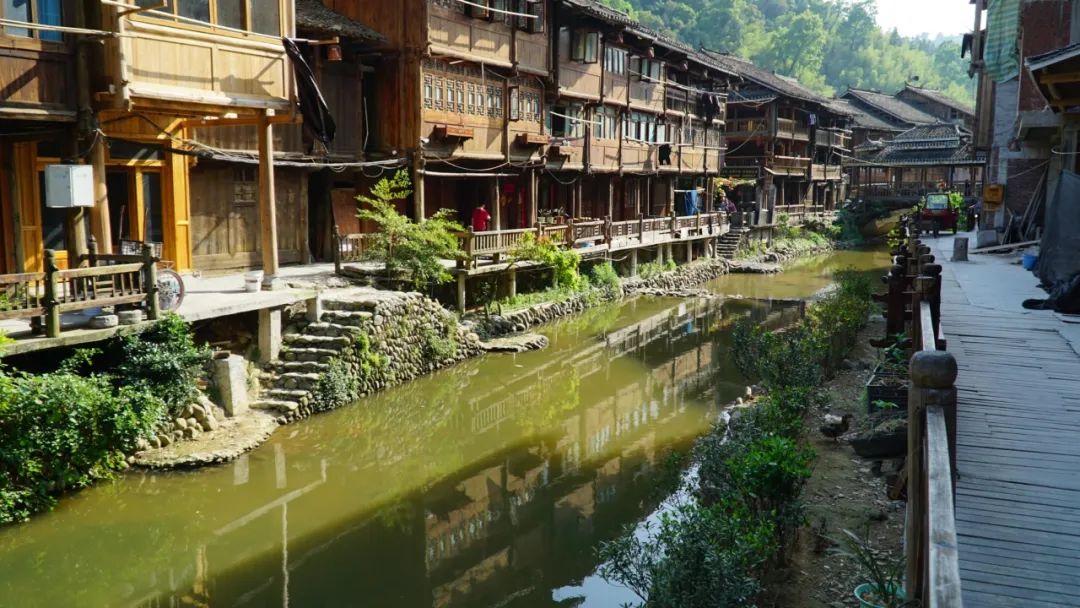
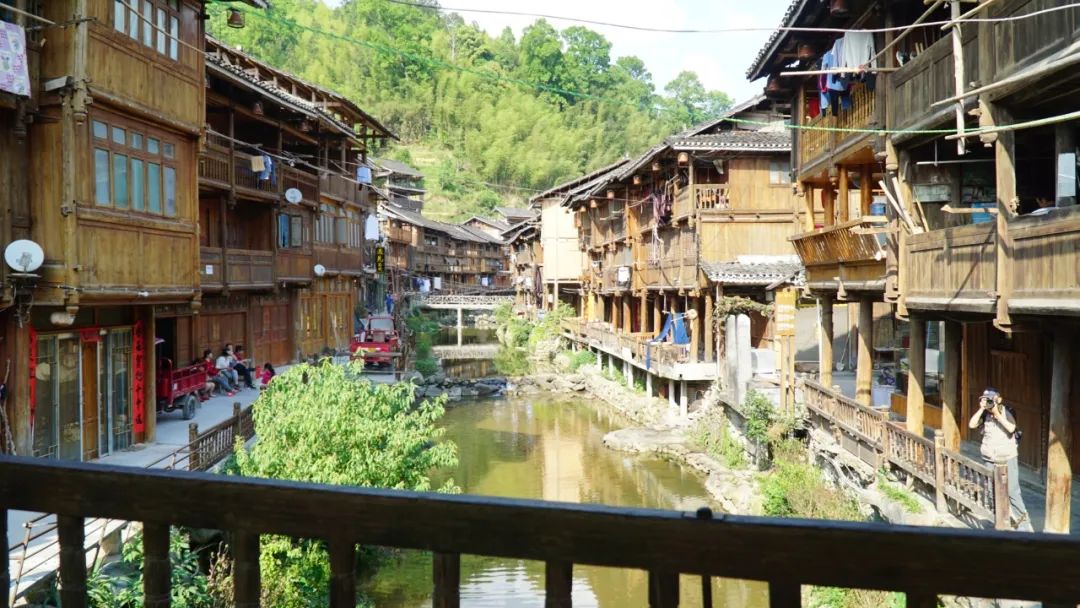
There is a river in the middle of the village, and the houses are built on both sides of the river. This water system adds a lot of features to the scenery.

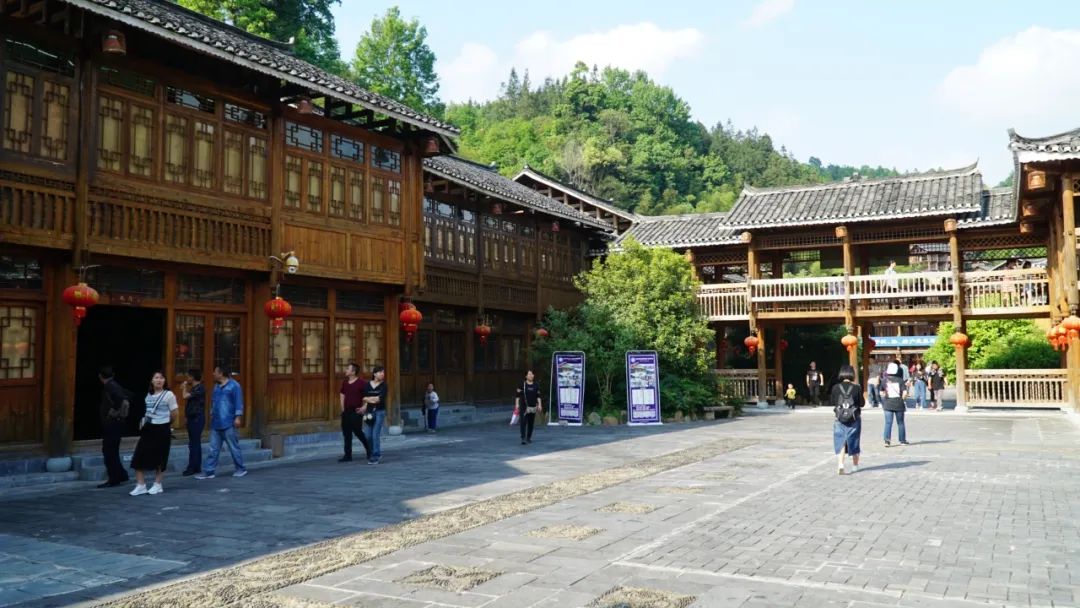
This place is similar to a performing arts square. Our hotel is right next to it and there are performances in the evening.

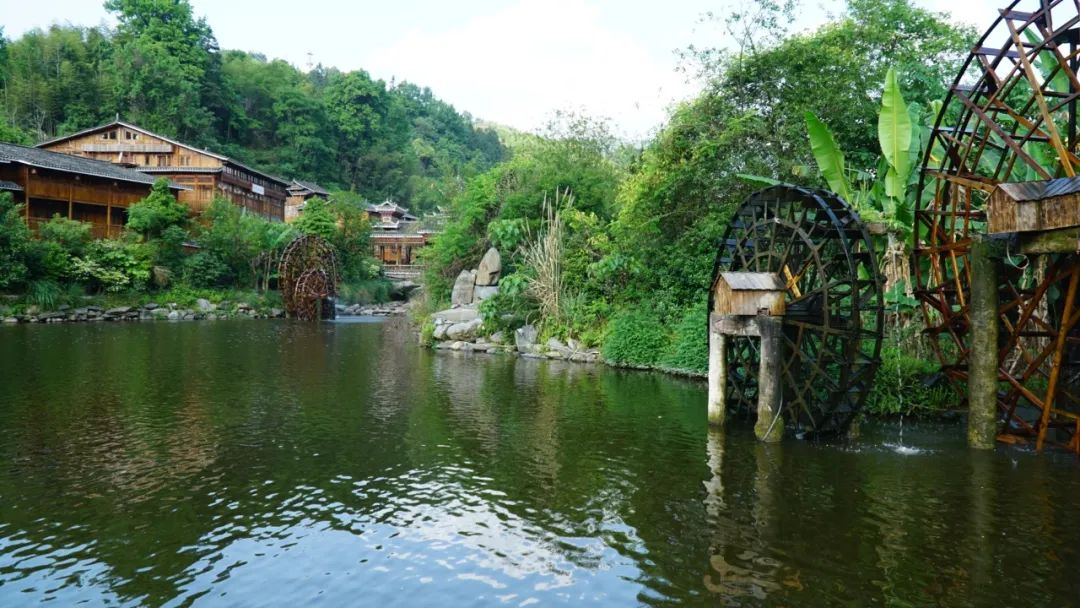
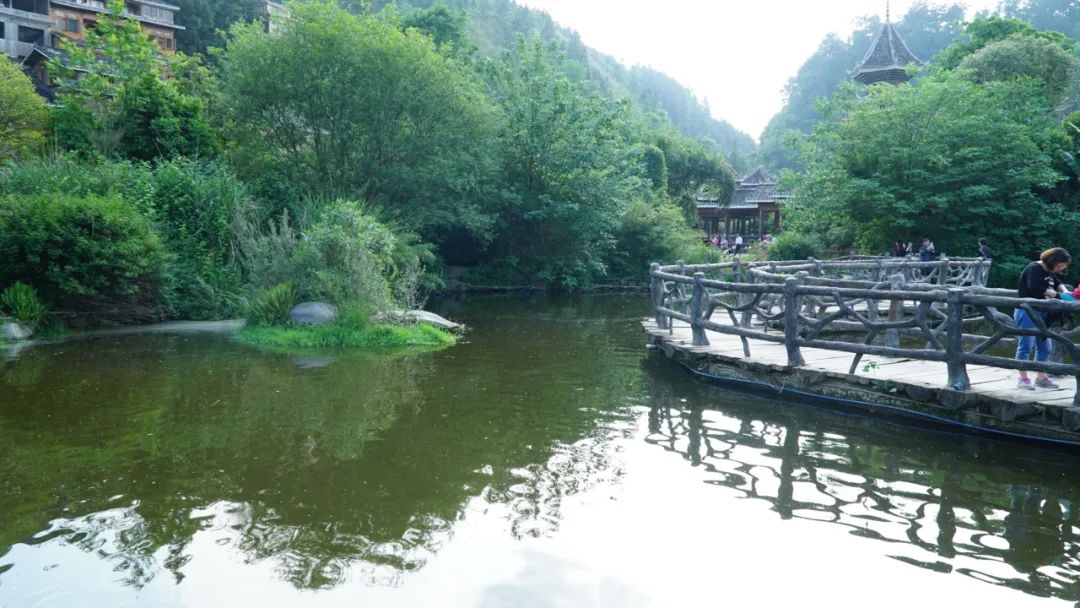

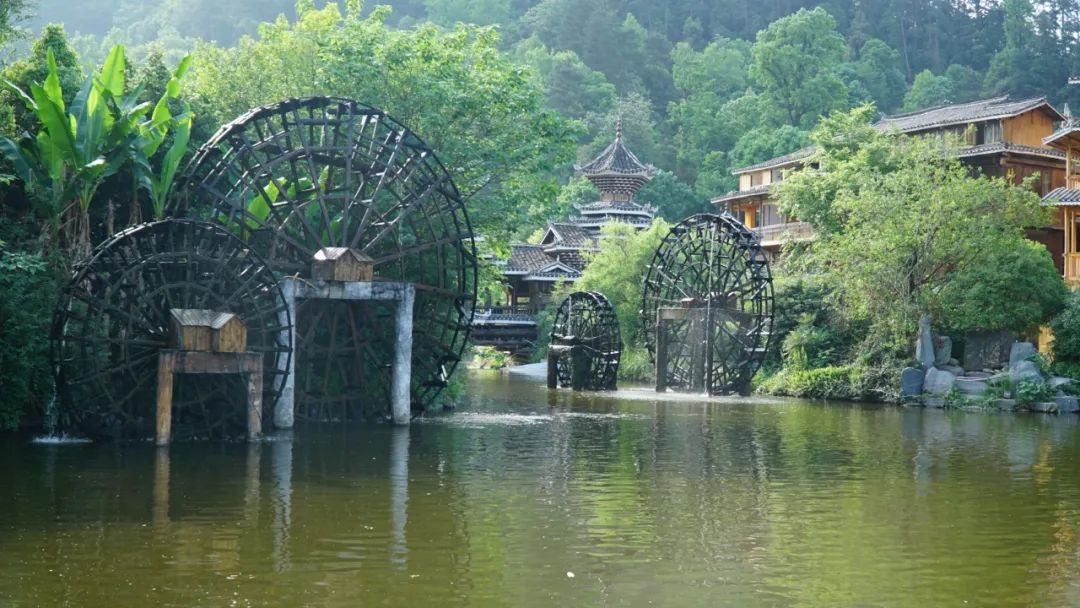
There is a small park at the entrance of the village.
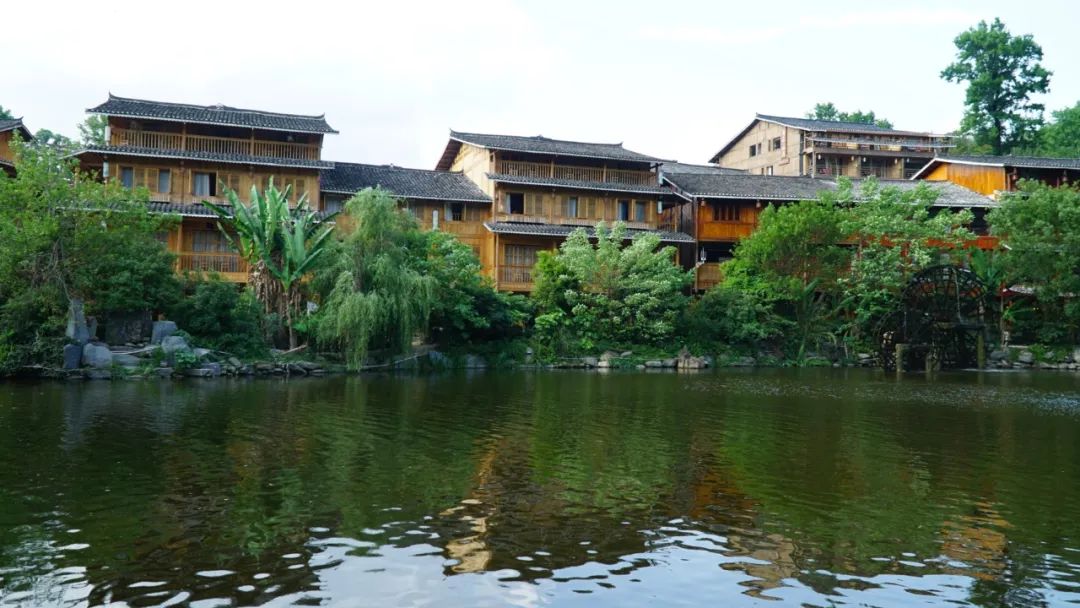
After seeing the inside of the village and coming out of the gate, I think the gate of Dong Village is the most representative place.






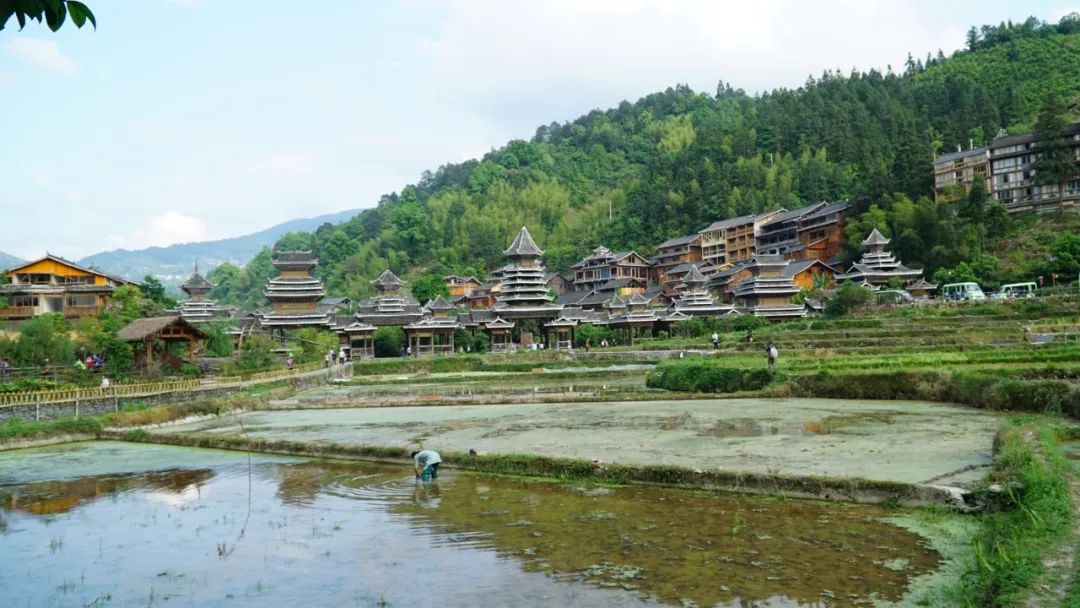
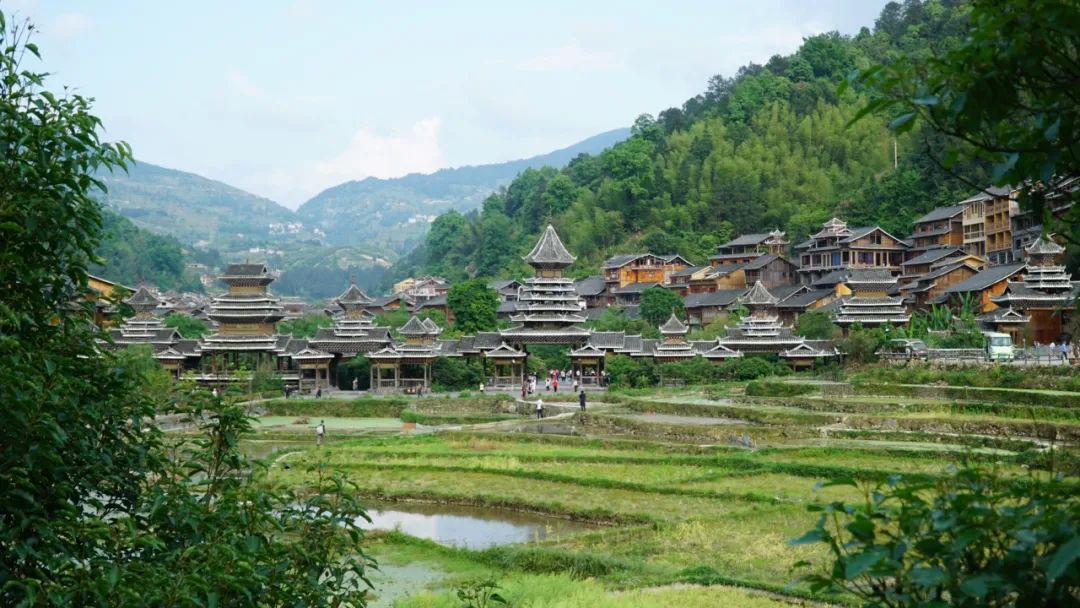
Looking at the gate from all angles, there is a small pond in front of it
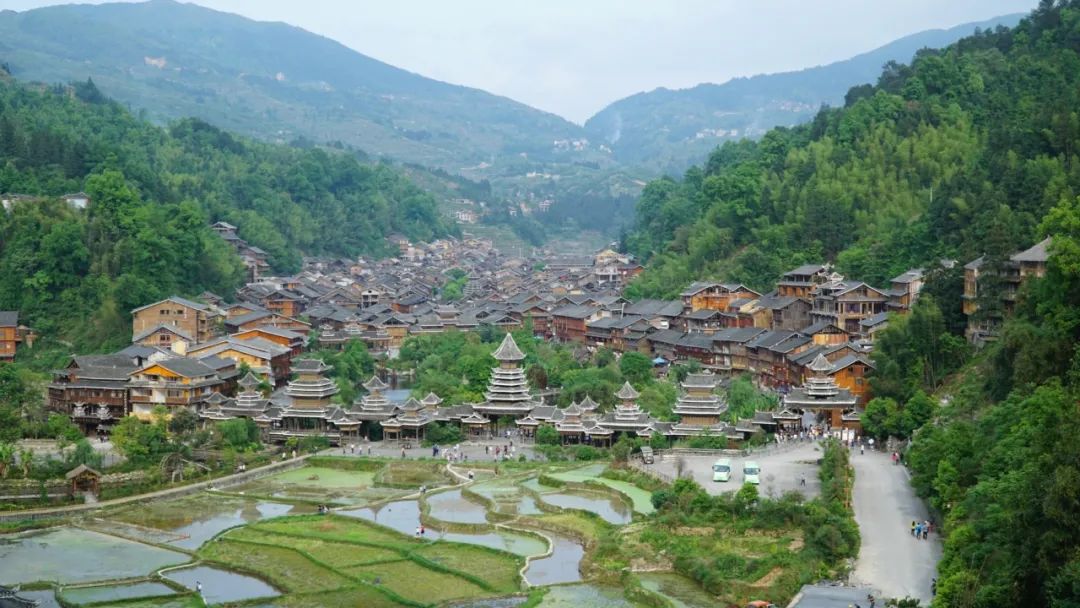
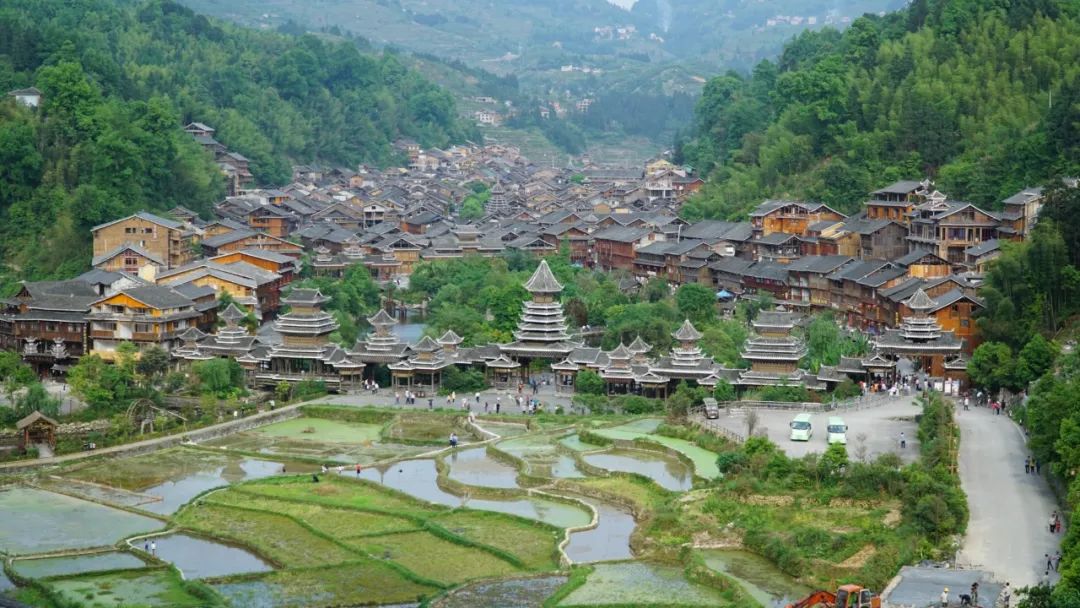
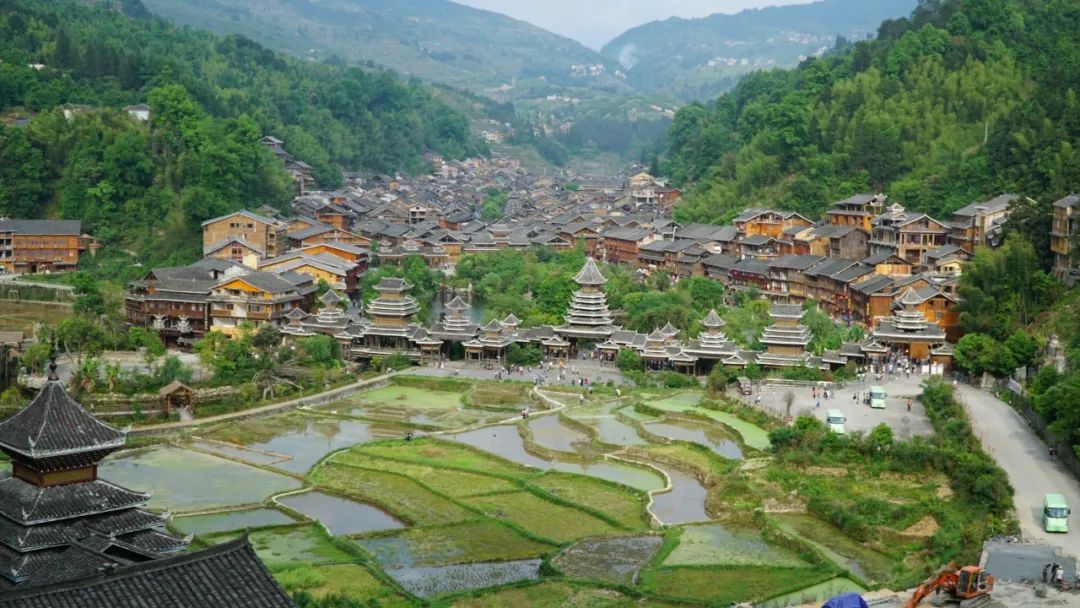

Opposite the gate is the hillside. You can go up the mountain to see the panoramic view of the village. You can see that the Dong village is actually located in a small area between two mountains. There are hillsides on both sides. The village cannot be too big. Many houses have been built on the hillside. superior.
Entering through the gate again, on the way back to the hotel, it was dinner time. The most famous dish here is fish in sour soup. Regardless of whether it is good or bad, I always try it out, so I found a restaurant to experience it. Anyway, I don’t think it is a good one. It’s delicious, just treat it as a local experience!
In the evening, I went out of the village gate to the opposite hillside to take pictures of the night view of the village. Unfortunately, I underestimated the distance. By the time I reached the top of the mountain, it was already completely dark. I didn’t have the opportunity to decide whether it would be dark or not, so I had to take pictures of the pure scenery. The night view!

The only area of the village that is really brightly lit at night is the main street.

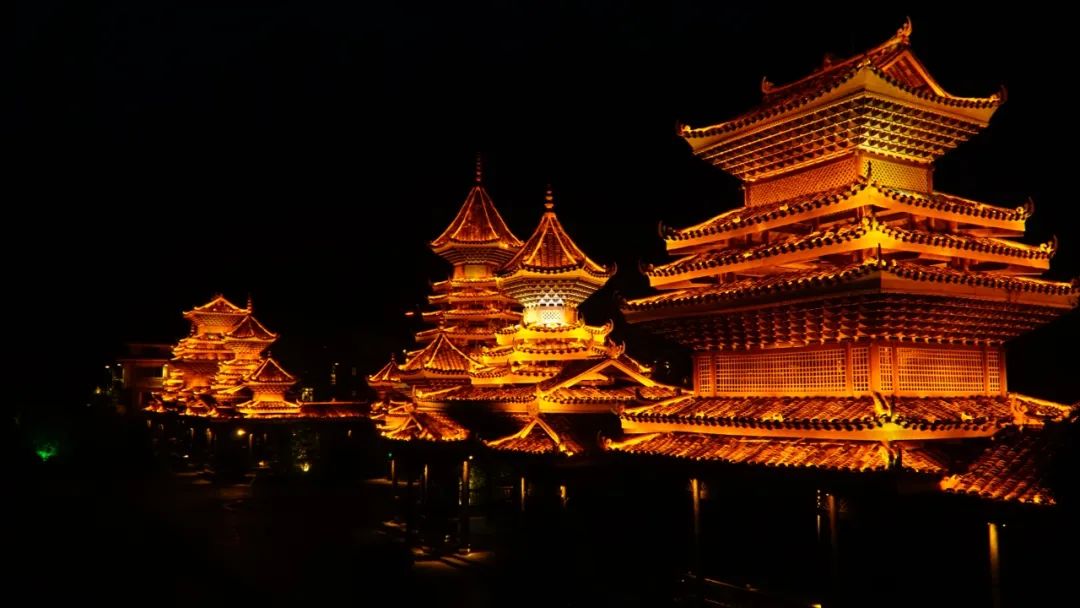
The same goes for the gate at night.

When we walked into the village again, the streets were dimly lit.


This tower is a symbol of Dong culture. There are several in the village. I went to look under it. It was empty. There was a small fire pit in the center, supported by four pillars inside, and there were about 12 pillars on the outside. It was about It means four seasons throughout the year, meaning 12 months.
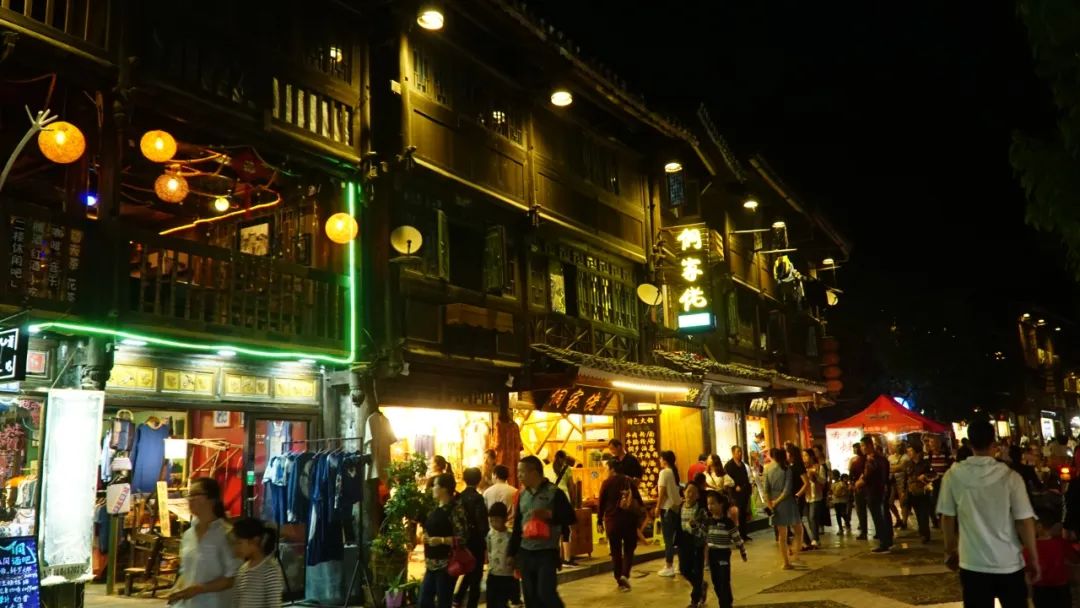
Returning to the performing arts square near the hotel, there was indeed a performance, but there were too many people outside and I couldn't squeeze in. I simply stopped watching and went back to sleep.
